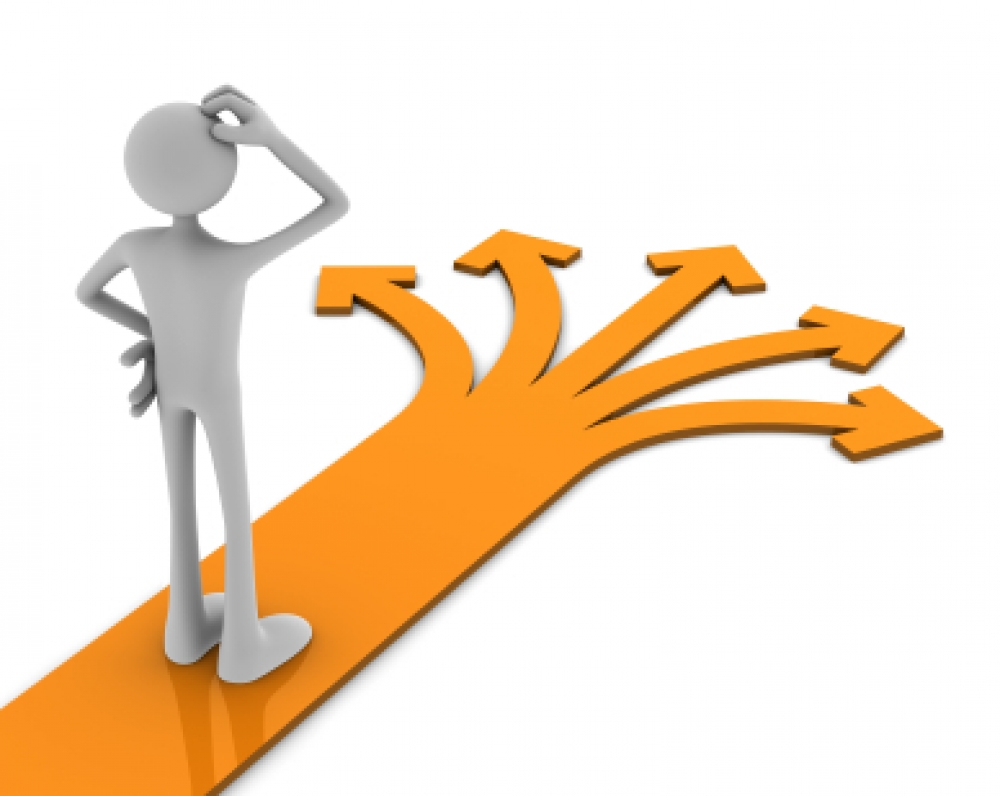Decision Making
Chinese or American for lunch? Grab a taxi or ride a bike? Engineering or medicine? Through our life, we face many questions to decide on.We choose actions and form opinions with our mental processes which are influenced by biases,reason,emotions,memories and culture.Decision making or what our textbook calls it “Choosing among alternatives” is an everyday process that we go through whether we are conscious of it or not.In this blog post, I’ll be talking about how people make judgments that involve choices between different courses of action and factors that influence decision making.
When decisions are made two properties are put in mind: benefits and costs.This makes an individual choose the right decision that would benefit him and not harm him.However,I believe that people have different styles and ways of making decisions.For example,when it comes to my family my husband is always the one who give me the choices and make me decide at the beginning of our marriage and after a while, I told him can you stop letting me decide because it’s sometimes very tiring.What he replied made me think twice as he told me that its hard for him to decide as he would be overthinking and creating all different scenarios and sometimes it’s indifferent to him whether we choose A or B so this makes it much more difficult.This made me think that some people always like to set decisions and they would easily do it while others may find it hard.This difference in decision making leads us to our next paragraph which is the factors that affect decision making.
Several factors influence decision making.Some of these factors are past experiences,cognitive biases, and individual differences.Also,the types of decisions could affect our choices as we handle political decisions,personal decisions,medical decisions,romantic decisions and financial decisions differently than day to day decisions like what to wear or what to eat today.Some choices are simple and seem straight forward, while others are complex and require a multi-step approach to making the decisions.
Past experiences can affect how we decide in the future as it could encourage us on deciding the same way or avoid repeating past mistakes.Furthermore, as I said that cognitive biases influence our decisions as it changes our thinking patterns based on observation and generalization.This leads the individual to over rely on expected observations and previous knowledge while dismissing the uncertain information.Finally,individual differences such as age,Socioeconomic status (SES) and cognitive abilities may influence decision making.Older people may be overconfident in making decisions.
Furthermore,emotions play a major role in decision making in several ways.Expected emotions are what we predict we will feel after a particular outcome.Whereas Immediate emotions are emotions that are experienced at the time of decision.Integral immediate emotions are emotions associated with the act of making a decision.Incidental immediate emotions that are unrelated to the decision.For example,Expected emotions are when I predict how I will feel when I will graduate with a masters degree.Immediate emotions would be when I decide on continuing my studies and taking a masters degree.Integral immediate emotions would be deciding whether I take a masters degree or not.Lastly Incidental immediate emotions would be a fight with mom earlier in the day.
As a conclusion, decision making is an important area of research in cognitive psychology. Understanding the process by which individuals make decisions is important to understanding the decisions they make.There is yet a lot of research to be conducted on decision making, which will enable psychologists and educators to positively influence the lives of many.



